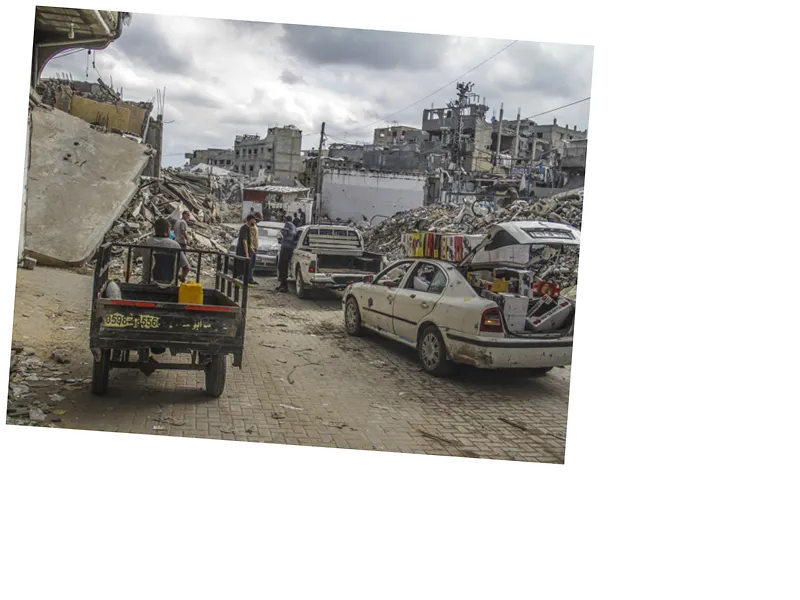The resistance's ability to adapt and utilize the urban environment for military operations highlights the complexities of modern warfare in densely populated areas.
The ongoing conflict in Gaza reflects broader geopolitical tensions and raises significant humanitarian concerns regarding the displacement of civilians.
The strategic use of geography and infrastructure by resistance forces underlines the challenges faced by conventional military forces in asymmetric warfare scenarios.
Continued resistance operations may lead to further escalations in the conflict, prompting more intense military responses from Israel.
The humanitarian situation in Gaza is likely to worsen, with potential for increased displacement and civilian casualties as military operations persist.
International responses to the conflict may evolve, with calls for ceasefires or negotiations becoming more prominent as the humanitarian crisis deepens.
Military and strategic expert Major General Mohammed Al-Samadi stated that the Palestinian resistance in Gaza has demonstrated its capacity to execute effective strikes against Israeli forces, despite the ongoing siege. His analysis highlights recent military operations in the Jabalia area, where resistance forces successfully targeted an Israeli tank, showcasing their tactical prowess.
Al-Samadi emphasized that the resistance's strategy is rooted in a thorough understanding of the local geography, particularly in densely populated camps with narrow streets. This knowledge allows them to effectively track and ambush Israeli military vehicles.
He noted that the remaining tunnel network in Gaza provides the resistance with strategic mobility, enabling them to conduct operations with greater flexibility. The extensive destruction in the region, with over 86% of buildings damaged, has inadvertently created tactical advantages for the resistance, as rubble can be used for cover against Israeli forces.
The expert expressed concerns regarding Israel's military objectives, suggesting that they extend beyond mere military gains to include political aims such as the displacement of a significant number of Palestinians from northern Gaza and Gaza City. He estimates that Israel intends to displace between 200,000 and 400,000 residents.
Al-Samadi warned of Israel's plans to establish permanent control over northern Gaza, citing the construction of fortified military positions along key routes. He believes that Israel aims for a 'Gaza without residents or without Hamas' and that the resistance's ability to conduct qualitative operations poses a significant challenge to these ambitions.





